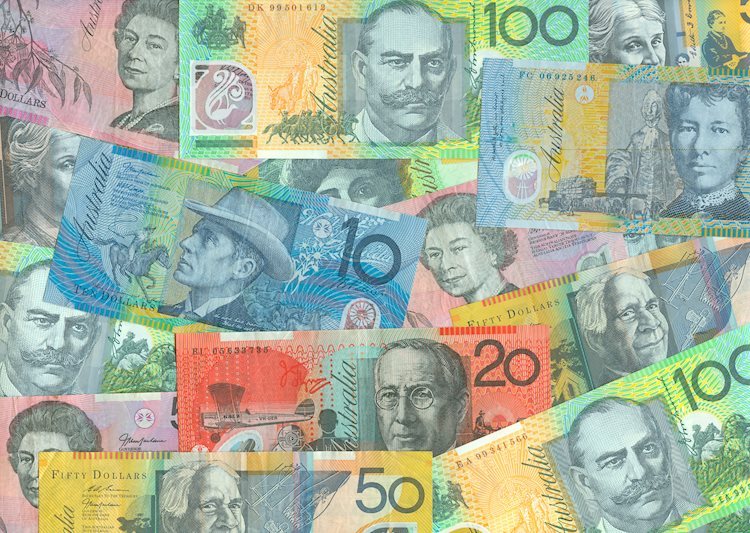The Australian Dollar saw a decline in value after the release of robust US Nonfarm Payrolls data, reducing the likelihood of aggressive rate cuts by the Federal Reserve in November. The AUD/USD pair traded at 0.6796, down over 0.60%, following the reports of a strong US jobs market. The Federal Reserve had previously cut rates by 50 basis points in September, with speculation for another similar cut in November. However, Fed Chair Jerome Powell’s comments indicated a slower pace of easing, with the markets now expecting a 25 bps cut at the upcoming meeting. This lead to a drop in the Australian Dollar, despite mixed economic data from Australia including strong Retail Sales and trade surplus but ongoing manufacturing contraction and slowing business activity.
The Australian Dollar is likely to remain under pressure due to various factors, including geopolitical risks such as developments in the Middle East impacting risk appetite for the currency. Economic indicators to watch for include the NAB Business Confidence and Westpac Consumer Confidence reports, as well as speeches from RBA officials. The US Nonfarm Payrolls data for September showed a significant increase of 254K, surpassing estimates and leading to a fall in the Unemployment Rate to 4.1%. Despite a slight drop in Average Hourly Earnings month-on-month, earnings per hour increased by 4% year-on-year, exceeding expectations. Market expectations now lean towards a 25 bps cut from the Fed in November, as indicated by the CME FedWatch Tool data.
From a technical analysis perspective, the AUD/USD pair remains bearish despite trading below the 0.6800 level. Momentum indicators suggest a mixed outlook, with potential losses in sight if the pair breaches certain key support levels. On the other hand, a move above 0.6800 could lead to a retest of recent highs and potential upside targets. The RBA plays a crucial role in managing monetary policy for Australia, with a primary focus on maintaining price stability to support economic prosperity and welfare. Interest rate decisions are key tools used by the RBA, along with quantitative easing and tightening measures to influence the value of the Australian Dollar.
Macroeconomic data plays a significant role in determining the value of a currency, with indicators such as GDP, employment figures, and consumer sentiment surveys impacting investor perception of the economy. Strong economic performance may prompt the RBA to raise interest rates, supporting the AUD. Quantitative Easing is a tool used in extreme situations by central banks, including the RBA, to provide liquidity to financial institutions. However, this could lead to a weaker currency. Quantitative tightening, on the other hand, is employed during an economic recovery phase to control inflation, potentially leading to a stronger Australian Dollar. Overall, a combination of economic data, central bank policies, and geopolitical factors will continue to influence the value of the Australian Dollar in the near term.









